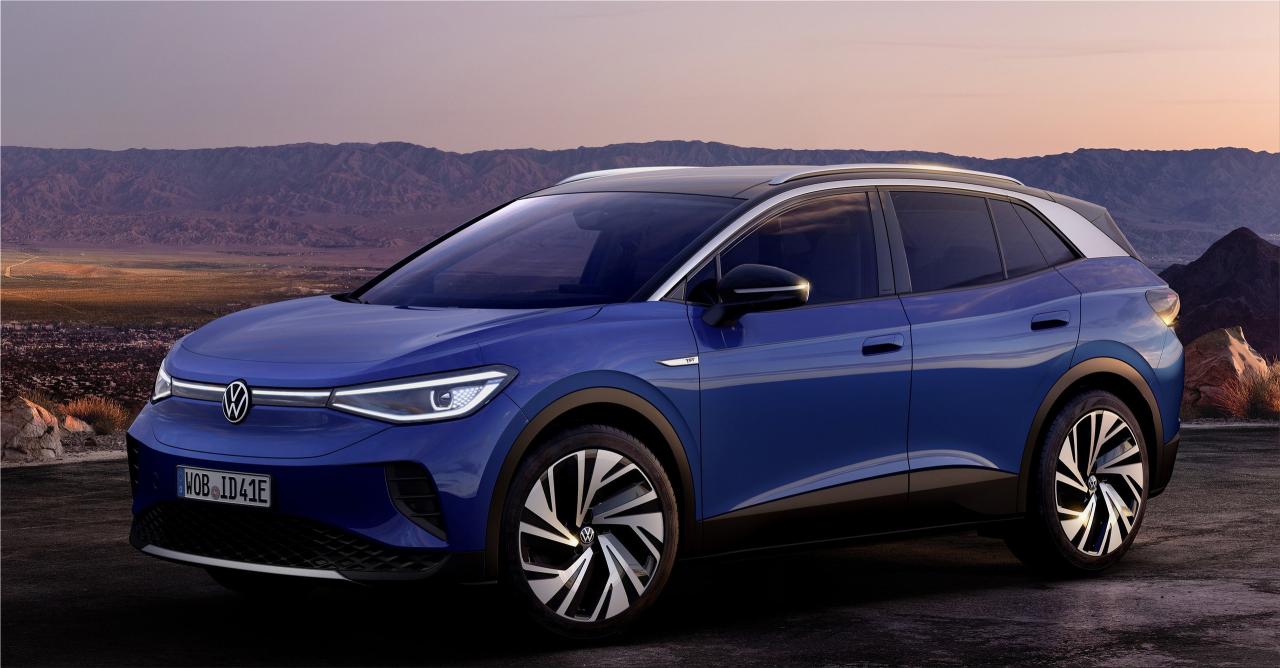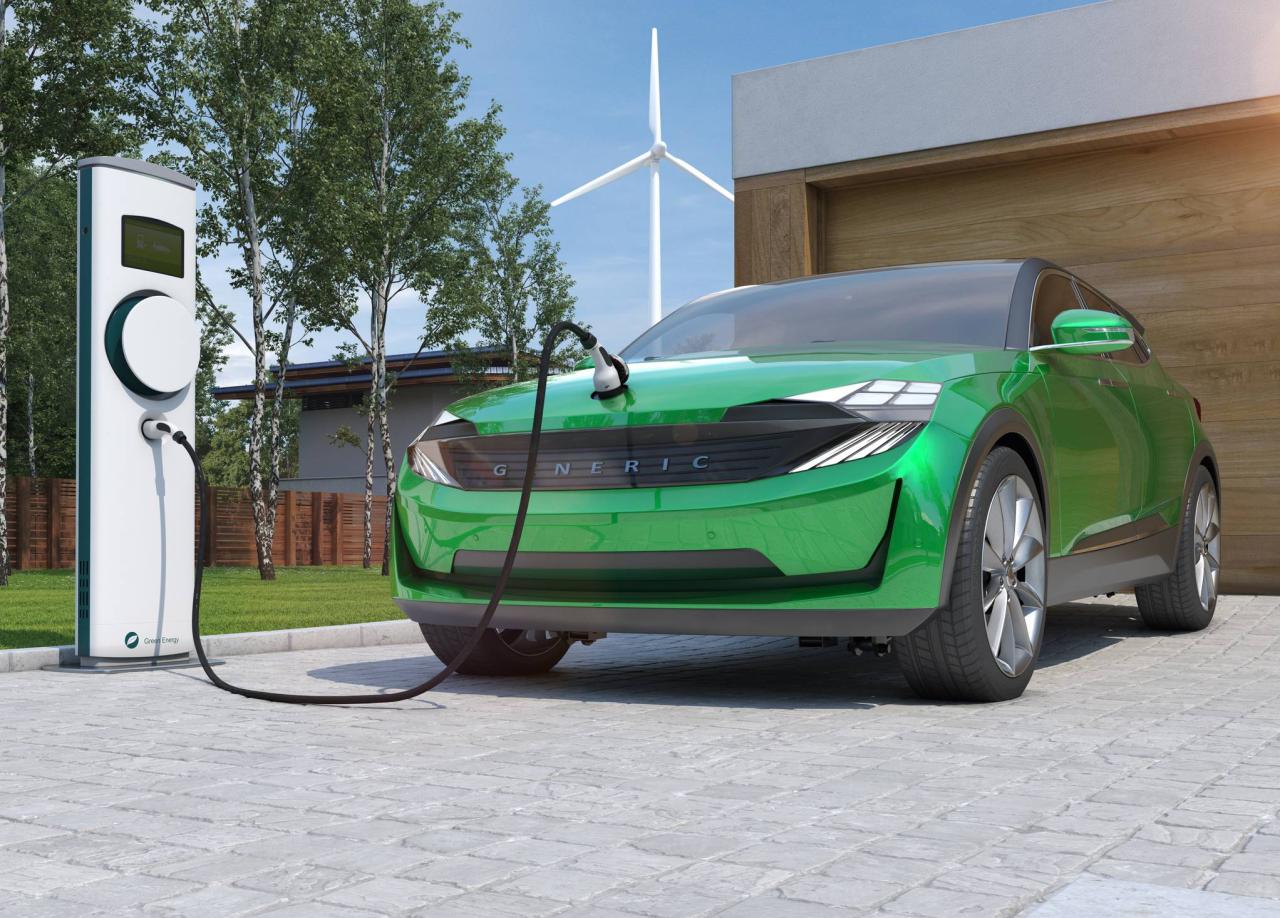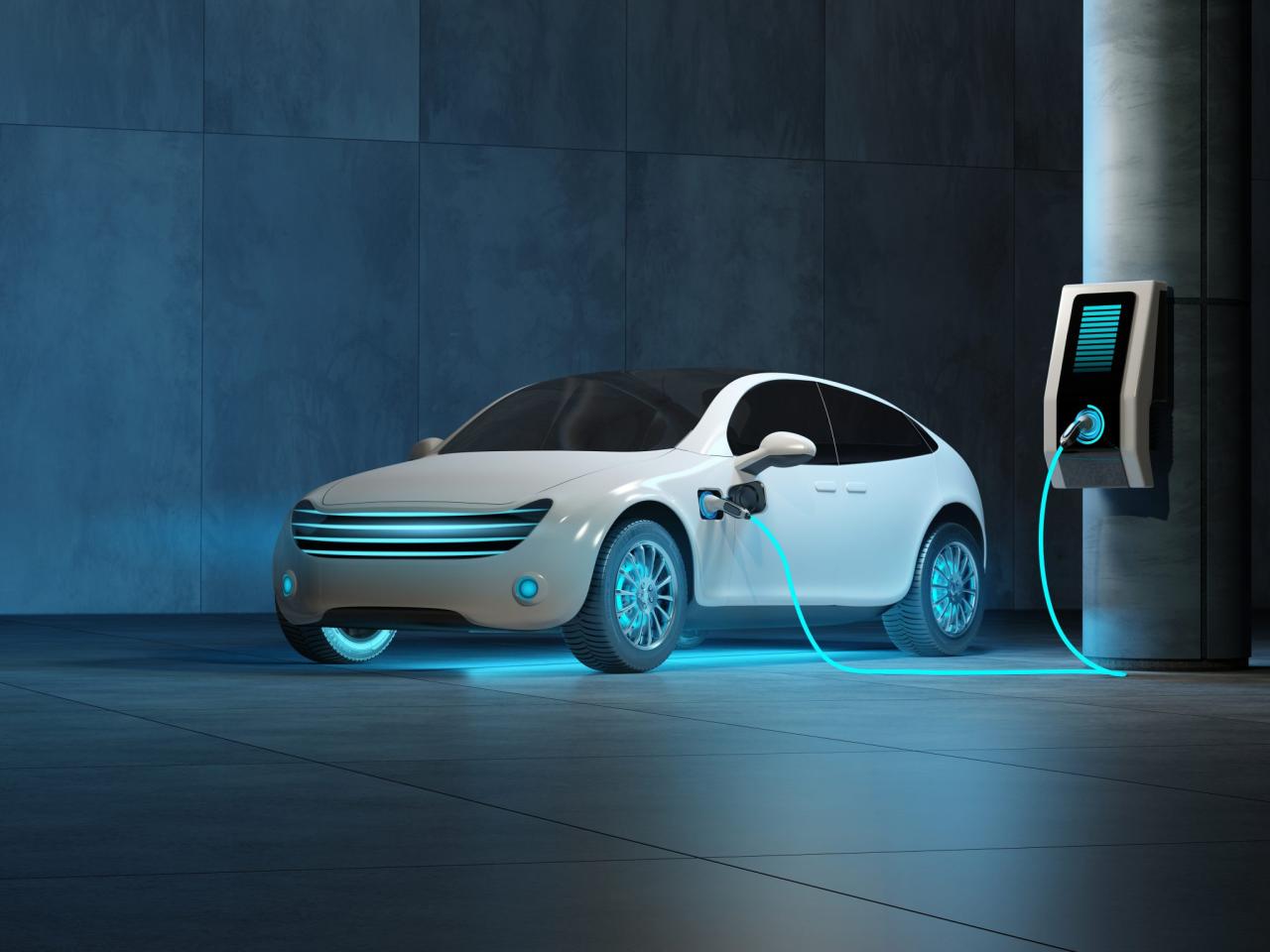The Electric SUV Revolution: Power, Performance, and Sustainability
The automotive landscape is undergoing a seismic shift, and electric SUVs are at the forefront of this transformation. These sleek, powerful vehicles offer a compelling blend of performance, sustainability, and technological innovation, captivating drivers and industry experts alike. From compact city cruisers to luxurious off-road behemoths, electric SUVs are rapidly gaining traction, promising a future where driving is both exhilarating and environmentally responsible. This comprehensive guide delves into the world of electric SUVs, exploring their rise to prominence, technological advancements, and the profound impact they are having on the automotive industry. We’ll examine the diverse range of models available, dissect their performance capabilities, and analyze the economic and environmental implications of embracing this electric revolution. Introduction to Electric SUVs The popularity of electric SUVs is on the rise, as consumers increasingly seek vehicles that offer both performance and environmental responsibility. These vehicles combine the spaciousness and versatility of traditional SUVs with the benefits of electric powertrains. Key Benefits of Electric SUVs Electric SUVs offer a range of advantages over their gasoline-powered counterparts. Zero Emissions:Electric SUVs produce no tailpipe emissions, contributing to cleaner air and reducing greenhouse gas emissions. This makes them an environmentally friendly choice for urban and suburban driving. Fuel Efficiency:Electric SUVs are highly energy-efficient, using electricity to power the motor. This results in significant savings on fuel costs, especially compared to gas-guzzling SUVs. Performance:Electric SUVs deliver instant torque and acceleration, providing a thrilling driving experience. Their electric motors offer smooth and silent operation, enhancing the overall driving comfort. Lower Maintenance Costs:Electric SUVs have fewer moving parts than traditional SUVs, reducing the need for regular maintenance. This translates to lower maintenance costs over the vehicle’s lifetime. Environmental Impact of Electric SUVs While electric SUVs offer significant environmental benefits, it’s crucial to consider their full lifecycle impact. Battery Production:The manufacturing of lithium-ion batteries, which power electric SUVs, requires significant energy and resources. This process can generate emissions and environmental concerns, particularly in regions with limited environmental regulations. Electricity Source:The environmental impact of electric SUVs depends heavily on the source of electricity used to charge them. If the electricity is generated from coal-fired power plants, the emissions associated with charging can offset some of the benefits of electric vehicles. End-of-Life Battery Disposal:The disposal of lithium-ion batteries presents environmental challenges, as they contain hazardous materials. Proper recycling and disposal methods are essential to minimize the environmental impact of these batteries. Types of Electric SUVs The electric SUV market is rapidly expanding, offering a diverse range of models catering to various needs and budgets. From compact city dwellers to spacious family haulers and luxurious performance machines, there’s an electric SUV for everyone. Understanding the different segments and key features of popular models can help you make an informed decision when choosing your next electric ride. Compact Electric SUVs Compact electric SUVs offer a blend of practicality and affordability, making them ideal for city driving and daily commutes. They typically feature smaller battery packs and less powerful motors, resulting in shorter ranges and lower prices compared to their larger counterparts. Hyundai Kona Electric:The Kona Electric is a popular choice for its impressive range of up to 258 miles (EPA) on a single charge and its competitive price point. It boasts a 150 kW electric motor and a 64 kWh battery pack. Chevrolet Bolt EUV:The Bolt EUV offers a similar range to the Kona Electric with a 247-mile (EPA) rating. It comes equipped with a 200-hp electric motor and a 65 kWh battery pack. The Bolt EUV also features a spacious interior and advanced safety features. Volkswagen ID.4:The ID.4 is a well-rounded compact SUV that offers a comfortable ride, a spacious interior, and a decent range of up to 260 miles (EPA). It features a 201-hp electric motor and a 82 kWh battery pack. Mid-Size Electric SUVs Mid-size electric SUVs offer a balance of space, performance, and range, making them suitable for families and long-distance trips. These SUVs typically feature larger battery packs and more powerful motors, providing longer ranges and faster acceleration. Tesla Model Y:The Model Y is a popular choice for its performance, range, and technology. It offers a range of up to 330 miles (EPA) and can accelerate from 0 to 60 mph in under 3.5 seconds. It features a dual-motor all-wheel-drive system and a 75 kWh battery pack. Ford Mustang Mach-E:The Mustang Mach-E is a sporty electric SUV that combines the iconic Mustang heritage with modern electric technology. It offers a range of up to 305 miles (EPA) and boasts a powerful electric motor that can deliver up to 480 hp. Audi e-tron:The e-tron is a luxury electric SUV that offers a comfortable ride, a spacious interior, and a range of up to 222 miles (EPA). It features a dual-motor all-wheel-drive system and a 95 kWh battery pack. Luxury Electric SUVs Luxury electric SUVs offer a premium experience with advanced features, sophisticated design, and exceptional performance. These SUVs typically feature larger battery packs, more powerful motors, and luxurious interiors. Lucid Air Dream Edition:The Lucid Air Dream Edition is a high-performance electric sedan that boasts an impressive range of over 520 miles (EPA) and a powerful electric motor that delivers over 1,100 hp. It features a luxurious interior with premium materials and advanced technology. Rivian R1S:The R1S is a luxurious electric SUV that offers a spacious interior, a comfortable ride, and a range of up to 314 miles (EPA). It features a quad-motor all-wheel-drive system and a 135 kWh battery pack. Porsche Taycan Cross Turismo:The Taycan Cross Turismo is a sporty electric SUV that combines the performance of the Taycan sedan with the versatility of a wagon. It offers a range of up to 283 miles (EPA) and boasts a powerful electric motor that delivers up to 750 hp. Electric SUV Technology Electric SUVs are powered by electric motors and batteries, representing a significant departure from traditional gasoline-powered vehicles. These components work together to provide efficient and environmentally friendly transportation. Electric Motors Electric motors are the heart of an electric SUV, converting electrical energy into mechanical energy to power the wheels. They are known for their high efficiency, instant torque, and quiet operation. Types of Electric Motors:Electric SUVs typically use either AC (alternating current) or DC (direct current) motors. AC motors are generally more efficient and have higher power density, while DC motors are simpler and less expensive. Motor Control Units (MCUs):MCUs are electronic systems that control the speed and torque of the electric motor. They optimize motor performance based on driving conditions and battery state. Battery Systems Battery systems store electrical energy that powers the electric motor. The performance and range of an electric SUV are directly influenced by the battery’s capacity and technology. Lithium-ion Batteries:Lithium-ion (Li-ion) batteries are the dominant battery technology in electric SUVs due to their high energy density, long lifespan, and relatively low cost. They are also lightweight, making them suitable for vehicle applications. Battery Management Systems (BMS):BMS are sophisticated systems that monitor and manage the battery’s health, charging, and discharge processes. They ensure optimal battery performance and safety. Battery Technology Advancements Continuous research and development are driving significant improvements in battery technology, leading to increased range and faster charging times for electric SUVs. Solid-State Batteries:Solid-state batteries are a promising technology that could revolutionize electric vehicle range. They offer higher energy density, faster charging, and improved safety compared to traditional Li-ion batteries. Companies like Toyota and BMW are actively investing in solid-state battery research and development. Battery Recycling:As the electric vehicle market expands, battery recycling becomes increasingly important. Recycling technologies are being developed to recover valuable materials from end-of-life batteries, promoting sustainability and reducing environmental impact. Charging Infrastructure … Read more




